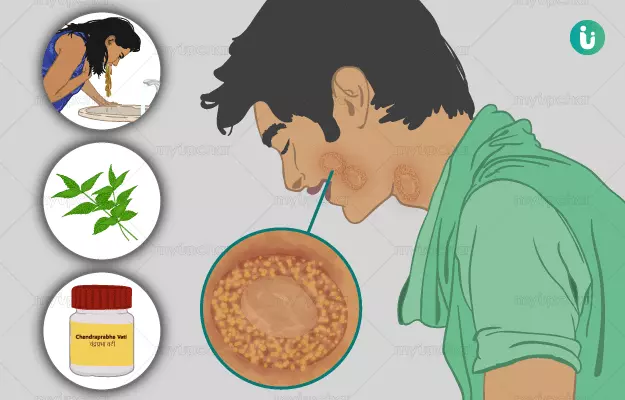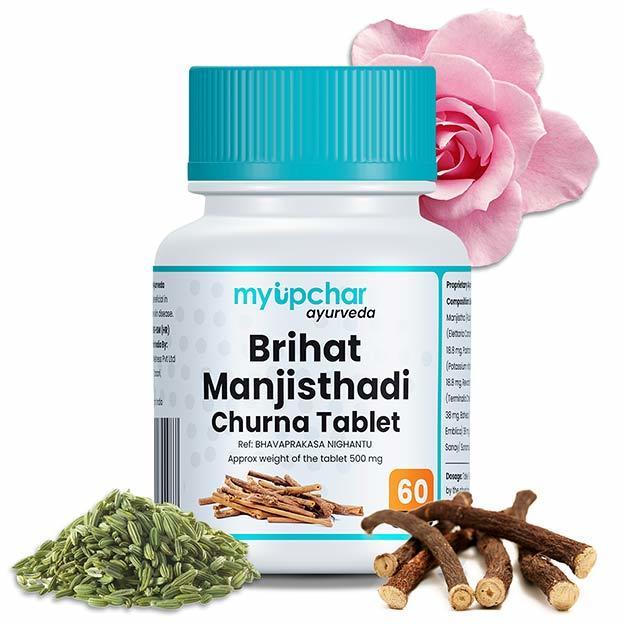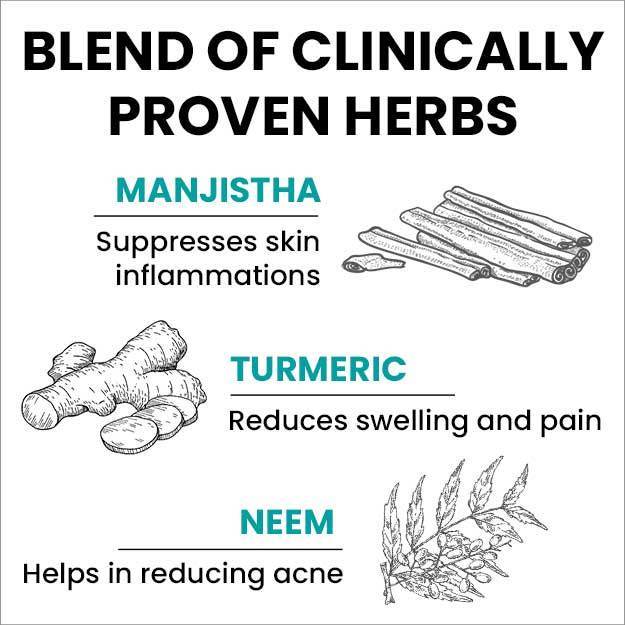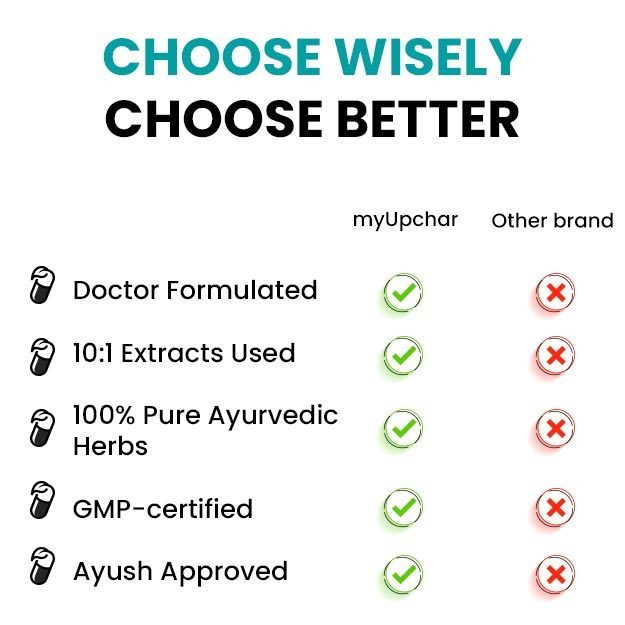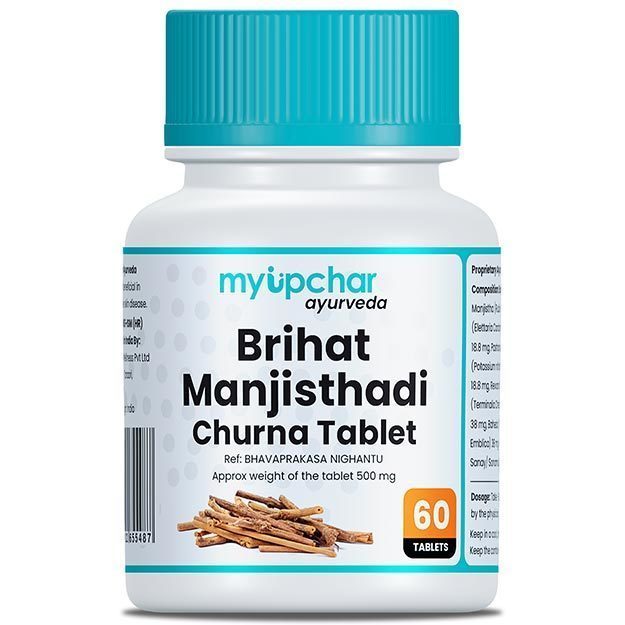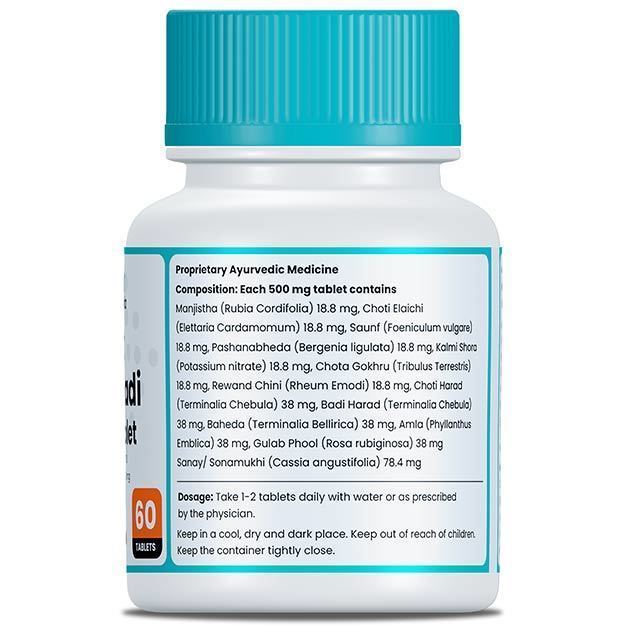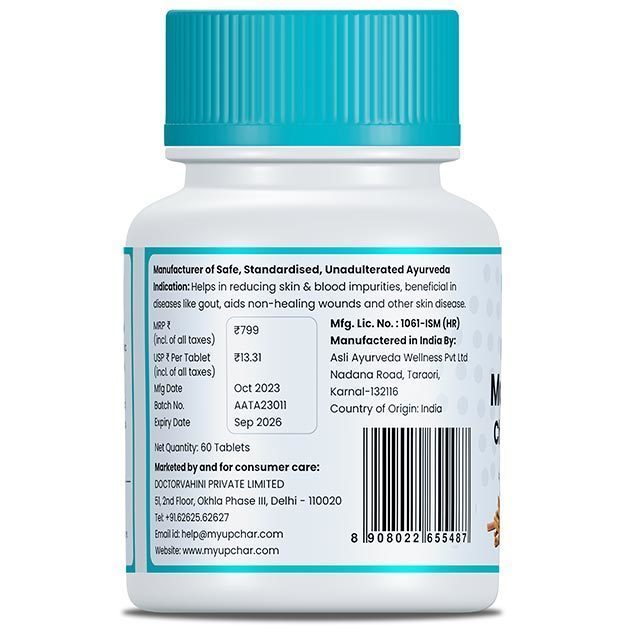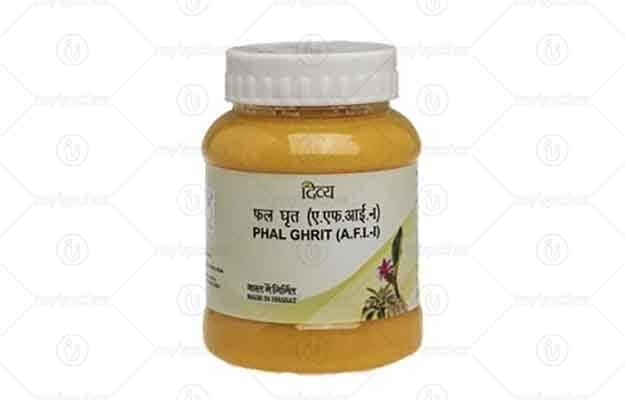Fungal infections are one of the most common types of infections in the world. These occur due to growth and spread of certain fungi on body tissues. Common pathogenic fungi include Aspergillus, Blastomyces, Candida, Coccidioides, Cryptococcus neoformans, Cryptococcus gattii and Histoplasma. They may affect different parts of the body such as eyes, ears, gastrointestinal tract, vagina, mouth, throat, toenails, fingernails, lungs and skin.
To know an Ayurvedic treatment for fungal infection please click on the link given here.
Some of the Ayurvedic herbs and medicines used for the treatment of fungal infections include, rasonam (garlic), adraka (ginger), yashtimadhu (mulethi), ashwagandha (Indian ginseng), neem, tulsi (holy basil), haridra (turmeric), vasa (Malabar nut), hinguliya manikyarasa, dadrughni vati, chandraprabha vati, arogyavardhini vati, kaishora guggulu and gandhak rasayana. Therpies such as vamana (medical emesis) and lepa (coating the affected body part with medications) are also effective in the management of fungal infections.

